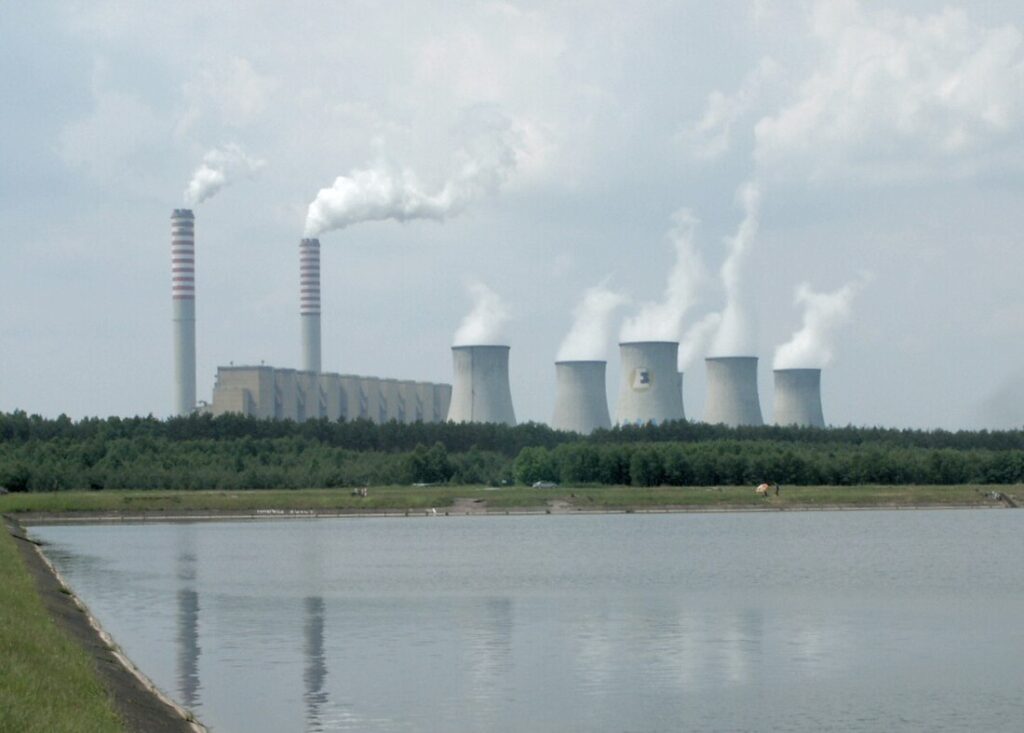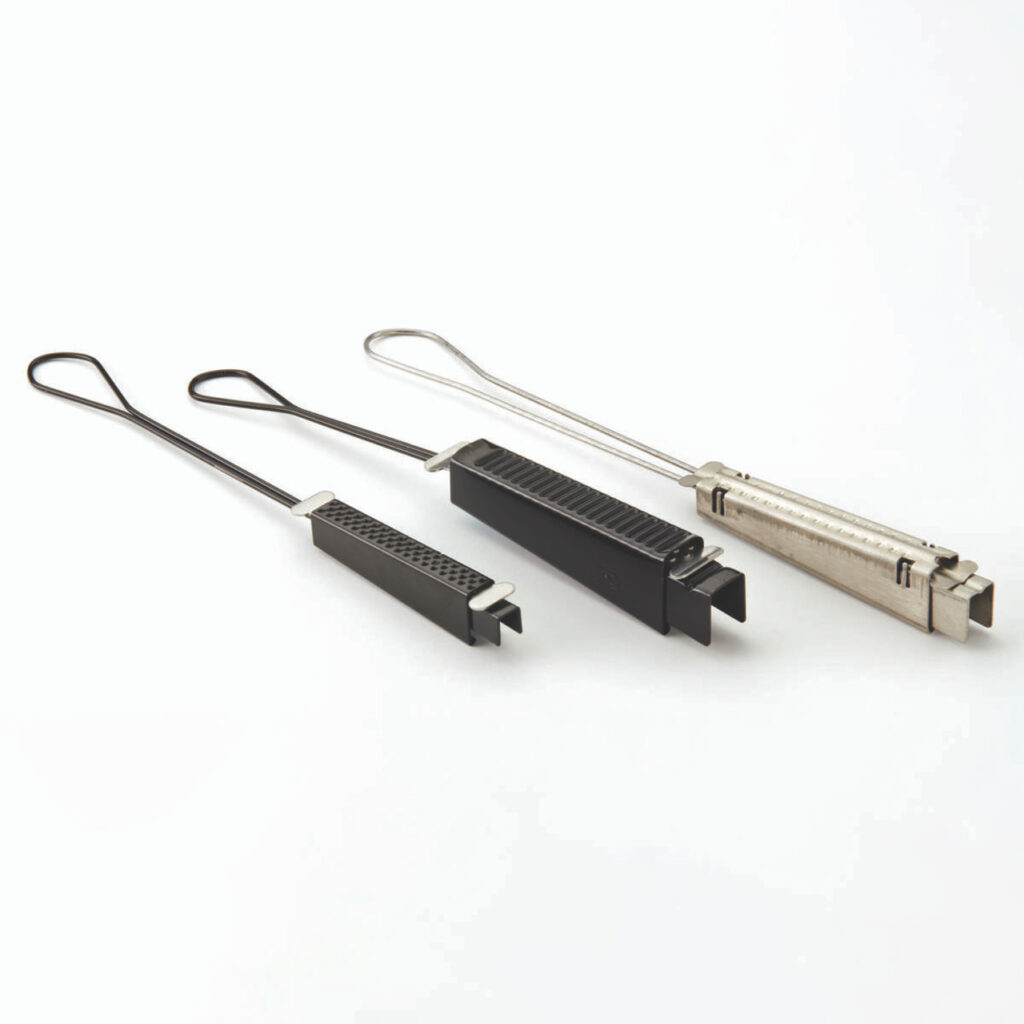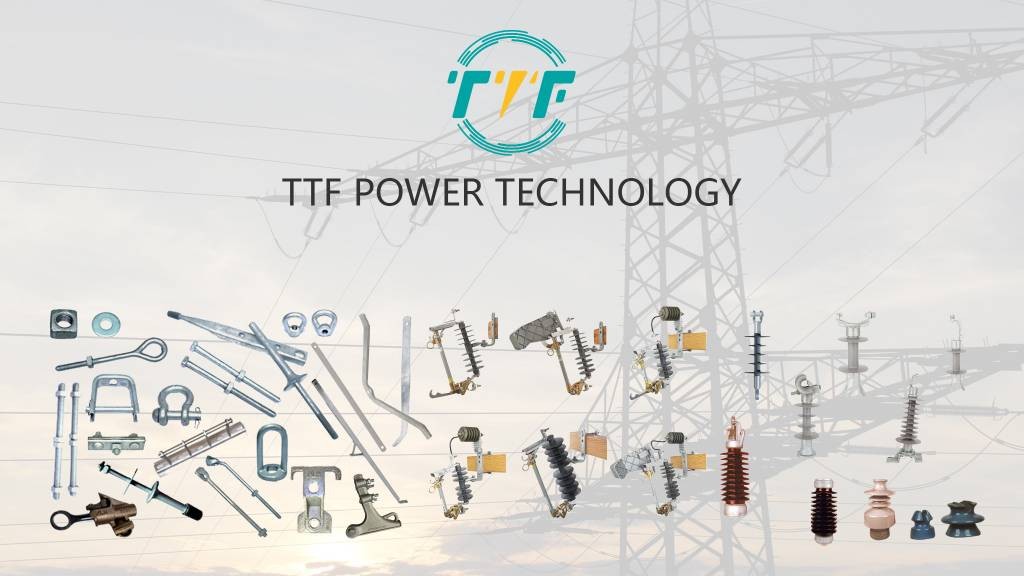
Engie Chile is committed to closing its coal and diesel plants by 2025 and replacing them with renewables and battery storage. The company has stated its commercial operations at its 68 MW Tamay battery energy storage system. BESS Tamaya will store electricity generated by the 114 MW Tamaya photovoltaic plant on the same site. The facility will consist of 152 lithium battery containers with a storage capacity of 418 MWh. The conversion of fossil fuel plants is part of Chile’s decarbonization goals to ensure a smooth energy transition. Chile has withdrawn 11 coal plants for a combined 1.7 GW and is committed to closing the remaining 17 coal plants by 2040. Drop wire clamps ensure secure and reliable connections between the distributed energy systems and the main grid. This enables efficient energy transfer and reduces the risk of power interruption.
As Chile transitions from diesel power plants to renewable energy sources, demand for distributed energy systems is also growing. Drop wire clamps support the integration of these systems, microgrids, and hybrid systems into the main grid. This contributes to the success of Chile’s efforts to decarbonize its energy sector and expand access to clean energy. Drop wire clamps help maintain the physical integrity of electrical connections to reduce the risk of failures. High-quality drop wire clamps securely connect new distribution lines to homes and businesses. This helps enable the electrification of remote areas with renewable energy. They are also designed to meet safety standards and prevent accidents.
Application areas of drop wire clamps in converting diesel plants into renewables
Drop wire clamps are crucial components in ensuring reliable electrical connections and structural integrity. They support electrical conductors in distribution and transmission networks to help integrate renewable energy sources efficiently. Drop wire clamps are crucial in securing electrical connections in transmission lines, hybrid microgrids, and smart grids. This helps improve the stability, safety, and efficiency of renewable energy systems. Here are the key applications of drop wire clamps in decarbonization efforts in Chile.

- Securing new transmission and distribution lines—the conversion of diesel plants to solar and wind facilities needs new transmission infrastructure to transport energy efficiently. Drop wire clamps secure the power lines and ensure they remain stable in extreme weather conditions.
- Supporting hybrid microgrid installations—the transition from diesel generators to hybrid microgrids combines solar, wind, and battery storage. Drop wire clamps secure the interconnection of different energy sources and prevent cable sagging and disconnections.
- Enhancing grid reliability—drop wire clamps reduce the risk of power outages and electrical faults due to improper wire placement. This is because electrical connections need to be reinforced for higher efficiency and safety.
- Ease of smart grid integration—drop wire clamps aid in installing fiber optic communication lines for remote monitoring and control of power distribution.
Impacts of diesel conversion into renewables in Chile’s energy sector
Chile is a global leader in renewable energy transition, aiming to achieve carbon neutrality by 2050. Converting diesel power plants into renewables has significant economic, environmental, and social impacts on Chile’s energy sector. These efforts help reduce emissions, lower energy costs, and increase energy security. The following are the impacts of diesel plant conversion to renewables in Chile’s energy sector.

- Environmental impacts—replacing diesel power plants with solar, wind, and battery storage cuts greenhouse gas emissions, aligning with Chile’s climate goals. Transitioning to renewables reduces air pollution. This also helps reduce water consumption in water-scarce regions like the Atacama Desert.
- Economic impacts—diesel power generation is expensive due to fuel imports and transportation costs. Solar and wind energy have zero fuel costs, which makes electricity cheaper for consumers. The construction of solar farms, wind farms, and battery storage systems creates new employment opportunities.
- Technical and grid stability impacts—energy storage systems and smart grids help stabilize the grid to ensure a steady supply of electricity. Converting diesel plants into renewables needs upgraded transmission networks to handle distributed energy generation.
- Social and political impacts—transitioning to renewables ensures more stable, clean, and affordable electricity to improve living conditions. The conversion reinforces its international reputation and attracts more foreign investments in clean energy projects. Also, programs that promote diesel-to-renewable conversions benefit from international climate financing and carbon credit mechanisms.